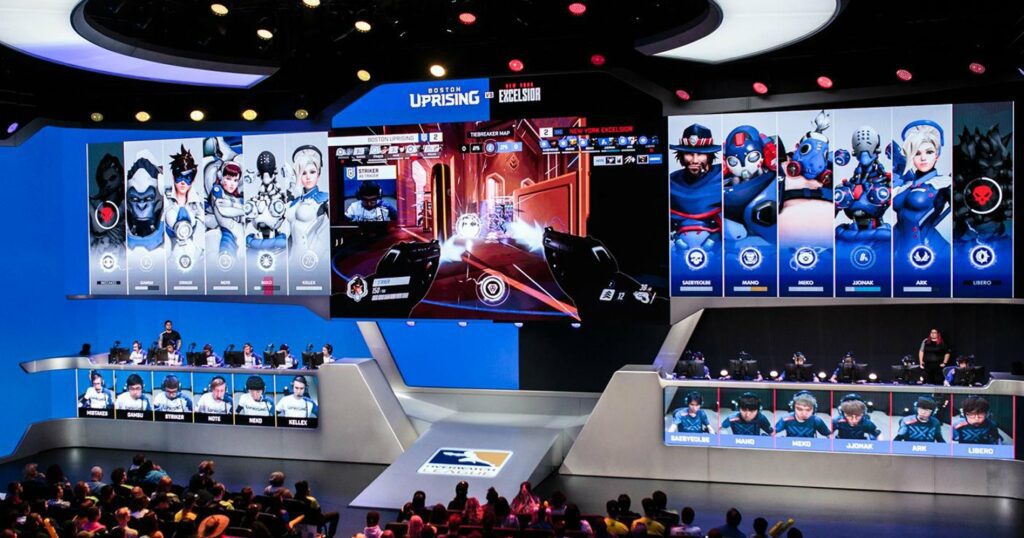Buyers these days tend to be overwhelmed by choice and all the various options that are available to them, so they may be tempted to go for quantity over quality, thinking that this will gives them the best value for money.
This can be the case when you’re buying software, believing that the more features it has, the better it’s going to be for you and your business. While it might seem counter-intuitive, sometimes less can be more, especially when you have to pay accordingly.
From our experience, it seems that users of remote access software (and, we think, software users in general) tend to value the quality of the product over the number of features. In this blog post we’ll share the reasons behind their choice.
When it comes to purchasing software, one of the most obvious reasons to go for quality over quantity is that you’re more likely to end up buying functionality that you really need, rather than a package with all the bells and whistles that, while on paper looks more attractive, doesn’t necessarily meet your requirements (especially from a budget standpoint).
Think about what you really need from your software
Just because a product appears to have the functionality that you need, it doesn’t necessarily mean that it’s the right one for you. For this reason, it’s very important that you find software that offer free trials, so you can weigh rival products against each other to make an informed decision.
To make the most of the trial period, you should start by putting together a list of your requirements and the features that you consider a priority. This will help you choose a solution that is the right fit.
If you feel tempted by the allure of allegedly “feature-packed” software, remember that if your chosen solution has too many features that you don’t really need, it could present a potential problem for you and your staff. Overly complex software can have a steep learning curve, and time and money spent training your staff to use it can prove a significant drain on your precious resources. Ask yourself if you really need all those additional features before committing to paying for them.
Another consideration is the final cost of the product in relation to your requirements (or in other words, the “value for money”). Remote access software that boasts a lot of features might be attractive, but can be expensive compared to a solution that has just the ones you need. You could end up paying a great deal of money for functionality that you’ll never use, so you need to carefully consider your options before you buy.
To use a real-life example most of us can relate to, choosing a remote access solution (or any other type of software, really), can be a bit like signing up for a TV package. If you browse around, you’ll find that there are plenty of offers to choose from, each with a more or less broad selection of channels to match all interests.
While all-inclusive TV packages and bundles are often tempting because they provide the greatest number of channels, if you take some time to think about what you really need you might come to the conclusion that, actually, you only spend a few hours in front of the TV during the weekend, or that while you’re interested in live sports and TV series, you don’t really care for the latest movie releases or children’s programs.
For this reason, it makes financial sense to take some time to think through what you need and what you are realistically going to use, and to pay for a service that will reliably deliver that to you, without costly extras.
Consider flexibility
Similar considerations also apply to the licensing model you choose to pay for your remote access software. Some companies work on a perpetual license model where you pay a one-off fee upfront for the software.
We might call this the “quantity approach”, where all your costs are paid in one hit, but you’re potentially locked into the software package that you’ve chosen, with a fixed number of licenses that you are unable to easily upgrade. If your needs change drastically over time, you may find that the software you chose in the past is now obsolete and sourcing a more flexible alternative can be costly in terms of time and resources.
Other vendors offer a SaaS (software as a service) subscription model where you pay yearly or monthly only for the software licenses that you need at any one time, but you can add others as and when required. We are going to call this a “quality approach”, as it comes with recurring costs, but is more flexible and scalable, while the nature of the SaaS licensing model means that the software will be updated frequently and consistently.
Find the right balance
Purchasing feature-rich software that you’re not using doesn’t make financial sense, but you should also be careful to not make the opposite mistake by choosing “cheap” over “value for money”. Be particularly wary of free software products, as they can often suffer from security issues
Some vendors offer products with many (but not too many!) high quality features at a price that provides good value for money for the users, but there are others that cut corners and, while cheaper, only provide very minimal functionality that’s just enough to tick the right boxes to secure a sale. The risk, in the latter scenario, is purchasing software that doesn’t do everything you need from it, so you end up having to buy another product to make up for its shortcomings.
Value performance
Finally, quality can win over quantity in software performance, too. If you choose a remote access solution with a large number of features, you might find that it has a negative effect on the performance of your software.
The last thing you need is an initially attractive fully-featured product that turns out to be a slow and bloated disappointment. Remote access software with a carefully chosen set of quality features can reap long-term benefits in terms of usability, performance, and productivity.
In this post we’ve seen some ways in which remote access software users are beginning to realize that quality wins out over quantity when choosing a product.
Tempting as it may be to buy a remote access solution that has a large number of features (unless, of course, you really need them!), we hope that what we’ve outlined in this post has given you some food for thought.
A little initial research about which remote access software is right for you could save you a lot of time, money, and heartache later. This post gives you some ideas about what to look out for in a professional remote access solution.













